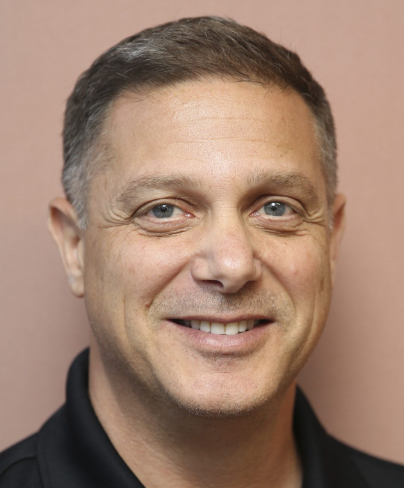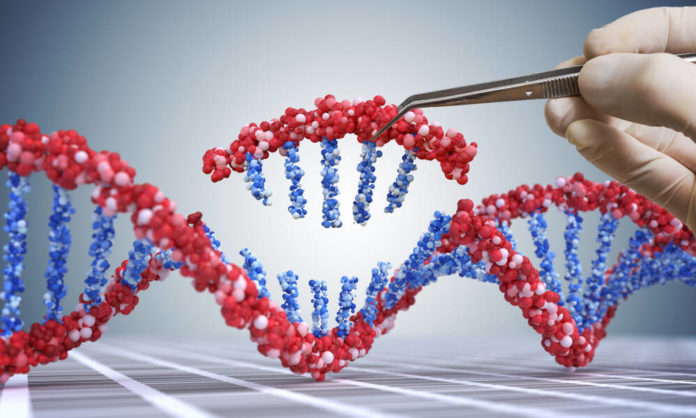Startup Iridia is combining semiconductor, enzymology, and microfluidic biochemical techniques with the aim of producing a read-write DNA microchip with archival storage capacity.
The company reckons that DNA storage is essential due to the enormous and ever-growing amounts of data requiring archival, which incurs significant costs in terms of money and electricity. DNA storage has the promise of revolutionizing archival storage because it is highly stable, has many orders of magnitude more capacity than tape cartridges, and will need far less electricity to operate.

Timeline
- 2015 – founded as Dodo Omnidata by director and CEO James Linton and others
- 2017 – $400K seed round. Investor Jay Flatley joins board
- 2018 – $2.1 million A-round
- 2019 – Murali Prahalad becomes CEO and president
- 2021 March – $24 million B-round funding, with investors including Western Digital
- 2021 December – $6 million equity fund raise
- 2022 March – Trey Cauley hired as VP Engineering
- 2023 July – Buck Watia hired as VP Corporate Development to chase strategic alliances
Iridia’s chairman is Jay Flatley, who also chairs the board of DNA sequencing company Illumina, where he was CEO from 1999 to 2016.
Technology
Iridia wants to build a DNA memory chip and practical DNA storage mechanism with its technologies. A 134-page patent filed by CTO and head of research Paul Predki in September 2017 provides an indication of what it’s doing.
The technology involves nanopore-based cells with data (DNA strands) moved inside the cell, and data written (DNA strands added) and read (DNA strands sequenced) with error checking and correction. The chip will contain reservoirs filled with reagents, with fluid moved through tubes and into and out of reservoirs by commands from the semiconductor (CMOS) part of the chip. Individual elements have been proved to work and the bulk task now is integrating them on a single chip.
A nanopore is an electro-resistant membrane or flow cell embedded with nano-sized holes and electrodes hooked up to sensors. It is placed between two reaction compartments. The sensors measure electric current flowing through the nanopore and its capacitive variance disruption as molecules of DNA pass through the pores. An analysis of the disruption patterns reveals which of the four oligonucleotide DNA bases – A, T, G and C – has passed through, i.e. the DNA is sequenced. Only two base types are needed to indicate a binary one or zero so either A and T could indicate zero and G or C a binary one.
Reaction compartments and nanopores can be used to build DNA sequences (writing) and separate compartments to read (sequence) the DNA patterns. In this Iridia approach, the DNA memory chip carries out writing and reading.
The patent describes an existing DNA storage approach, in which data is encoded in blocks. For example, one bit per nucleotide, with 96 data bits and a 19 address bits per block. When read (sequenced), the data blocks are arranged in the correct order using the address bits, and the sequence data converted to binary code. Iridia’s patent talks about its new approach supporting DNA strands that are hundreds, thousands or millions of bases (bits) long. A nanopore reader can read up to 1 million bases per second.
Capacity and speed
Iridia claims that 1 gram of DNA contains the same amount of data as 10 billion 6 TB disk drives, meaning 60 billion terabytes, 60 million petabytes, or 60,000 exabytes.

CEO Murali Prahalad said in an interview that the product being developed by Iridia will have much lower read and write latency than tape, 2,500x lower power consumption than an SSD, and reduce exabyte-class datacenter costs by up to 99 percent if Iridia’s chip was used to store archive data. These are attractive numbers if accurate.
He talked about Iridia’s chip having theoretically four orders of magnitude more capacity than tape or hard disk drives. Based on 18 TB raw capacity from an LTO-9 tape, that would mean 10 x 10 x 10 x 10 = 180,000 TB (180 PB). Based on a 22 TB disk drive, it would mean 220 PB.
Although Prahalad discussed a DNA memory chip, he also mentioned a physical device having the footprint of a 3.5-inch disk drive or tape cartridge that would contain several DNA memory chips. Supposing five of them are contained in the device, we are looking at about a petabyte of capacity. If this can be realized with an affordable price and acceptable performance and endurance, Iridia’s technology would surely have merit.
Progress
The $24 million from the 2021 B-round was intended to help pay for Iridia to double its headcount from 10 to 20. The $6 million follow-on was to be used for further validation of Iridia’s technology and the development of working prototypes.
Trey Cauley’s hire is involved with prototyping Iridia’s technology while Watia is working to build strategic alliances to help bring it a product to market.
The next major milestone will be the production of a prototype DNA memory chip and checking out its capacity, performance, and endurance for further development.
It seems to us that DNA memory chips means you need a computer system to hold the index of information on them, a chassis in which to store the DNA memory cartridges, plus software to control the writing and reading of data by the DNA memory chips inside the cartridges. You won’t need robotics to bring the cartridges to read/write drives as the chips in each cartridge read and write data as well as store it, like SSDs.
A chassis could be filled with empty DNA memory cartridges and, as their capacity is used up over time, they could be augmented with additional chassis. Although DNA can last for thousands of years, a DNA memory chip with onboard fluid tanks may deplete over time, potentially affecting functionality.
Seagate is also developing lab-on-a-chip technology for DNA storage in partnership with DNA storage startup Catalog Technology.








